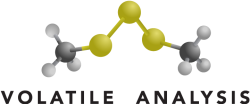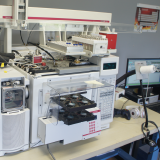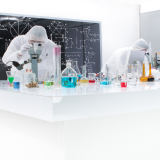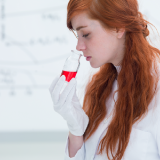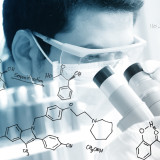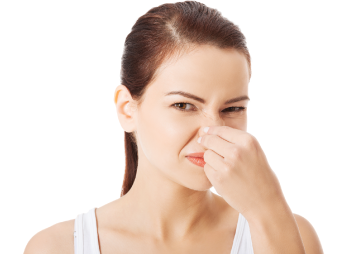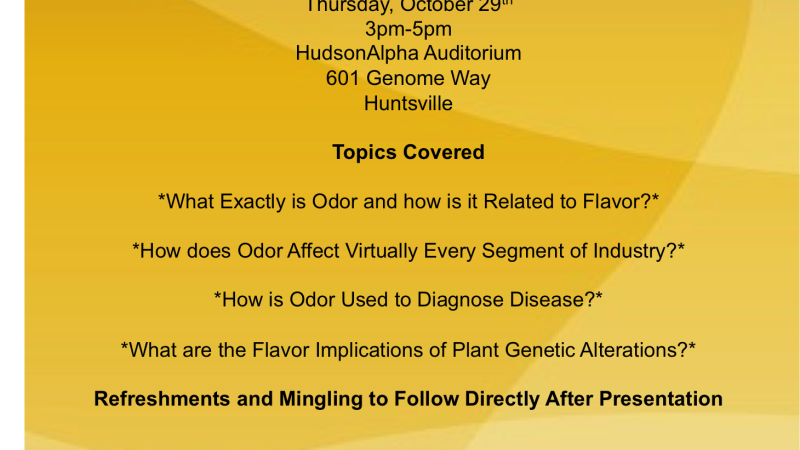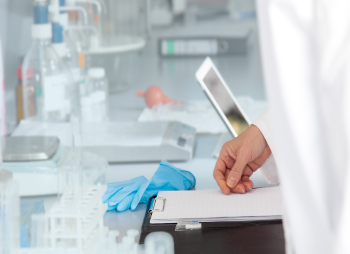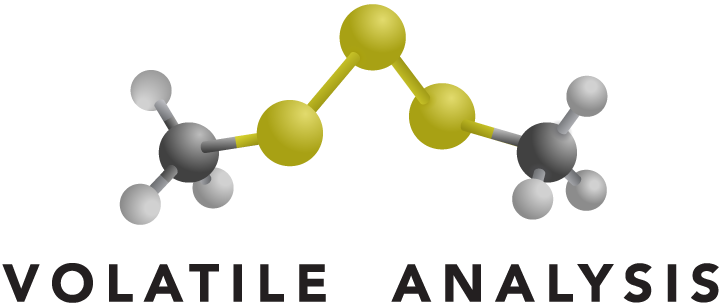
Toys & Education
Description of Industry
Toys and educational devices may be designed to use aroma and odor to demonstrate some concept about the world in which we live. For example, children’s toys use images and sounds to stimulate a child’s mind and initiate learning. An appropriate aroma adds another sensory dimension to learning. VAC provides the aroma chemistry expertise to allow for successful product development.
Applicable Services
What we do
VAC assists firms with sensory components related to the toy industry. Additionally we stand ready to help design monitoring protocols related to odors, and chemicals such as phthalates which are very important to proactively mitigate to avoid legal risks.
New Product Development Aroma Support
To ensure new products exhibit desired aroma character and intensity, we employ spot-on sensory assessment, extraction methods and analytical analysis. Sensory includes quantitative descriptive analysis to ensure the attributes measured match those desired. Extraction methods depend on the nature of the material. Dynamic headspace extraction works for many products however specialized techniques such as sir bar sorptive extraction and solid phase micro-extraction also have a place. Analytical may employ GC-MS, GC-MS-MS, GC-MS/O, or other method appropriate to answer a specific question. If you need more information about how we can provide aroma support for new product development click HERE.
Odor Baseline Establishment
Baseline GC-MS/O measurements have proved extremely helpful to our clients because they establish the aroma and chemical profile of a product considered good. When odor problems arise new GC-MS/O analyses can rapidly determine what chemical changes occurred compared with a product considered good to allow for production process examination and off odor mitigation. For more on this service click HERE.
Sensory Panel Creation
VAC offers unique capabilities in sensory and analytical. In support of our off-odor work we routinely convene sensory panels. The most frequently used include quantitative descriptive analysis (QDA) where a descriptive panel is trained for measuring product attributes. We also conduct threshold testing in various media. This is particularly useful when assessing how problematic specific odorants are in a given product formulation. If you need assistance creating a sensory panel and for more information click HERE.
Quantitative Chemical Analysis
Accurately and precisely measuring what chemical, and how much is present, are the goals of quantitative chemical analysis. VAC utilizes state of the art GC-MS and GC-MS-MS to provide the most accurate volatile chemical measurement capabilities available anywhere. To learn more about this process click HERE. Want to begin a project immediately? Go to our On-Demand tool HERE.
Known Chemical Threshold Detection
Chemical threshold refers to the level of chemical that must be present before it can be detected. There is also an odor threshold. Often times the human nose still is better than instrumentation when it comes to detecting a chemical. This is not to imply current technologies are not good. In fact current technologies can detect chemicals at levels below 1 part per trillion. That is better than picking out one person from the surface of planet earth. Still the human nose is better than that for certain chemicals. Want more information about our Known Chemical Threshold Detection utilizing our GC-MS-MS (Triple Quad)? Click HERE.
Odor Problems and Complaints
Packaging can easily introduce problem odors into the toy industry’s products. Additionally, off odors are generated in many toy-manufacturing plants that can be absorbed by various materials in the end product. Once a toy is exposed to heat those absorbed chemicals can off-gas and create off odors which in turn concern consumers. Volatile Analysis can help you evaluate and create aroma profiles for your products and help you to both use aroma to your advantage and help reduce odorous issues that could bring damage to your company.
